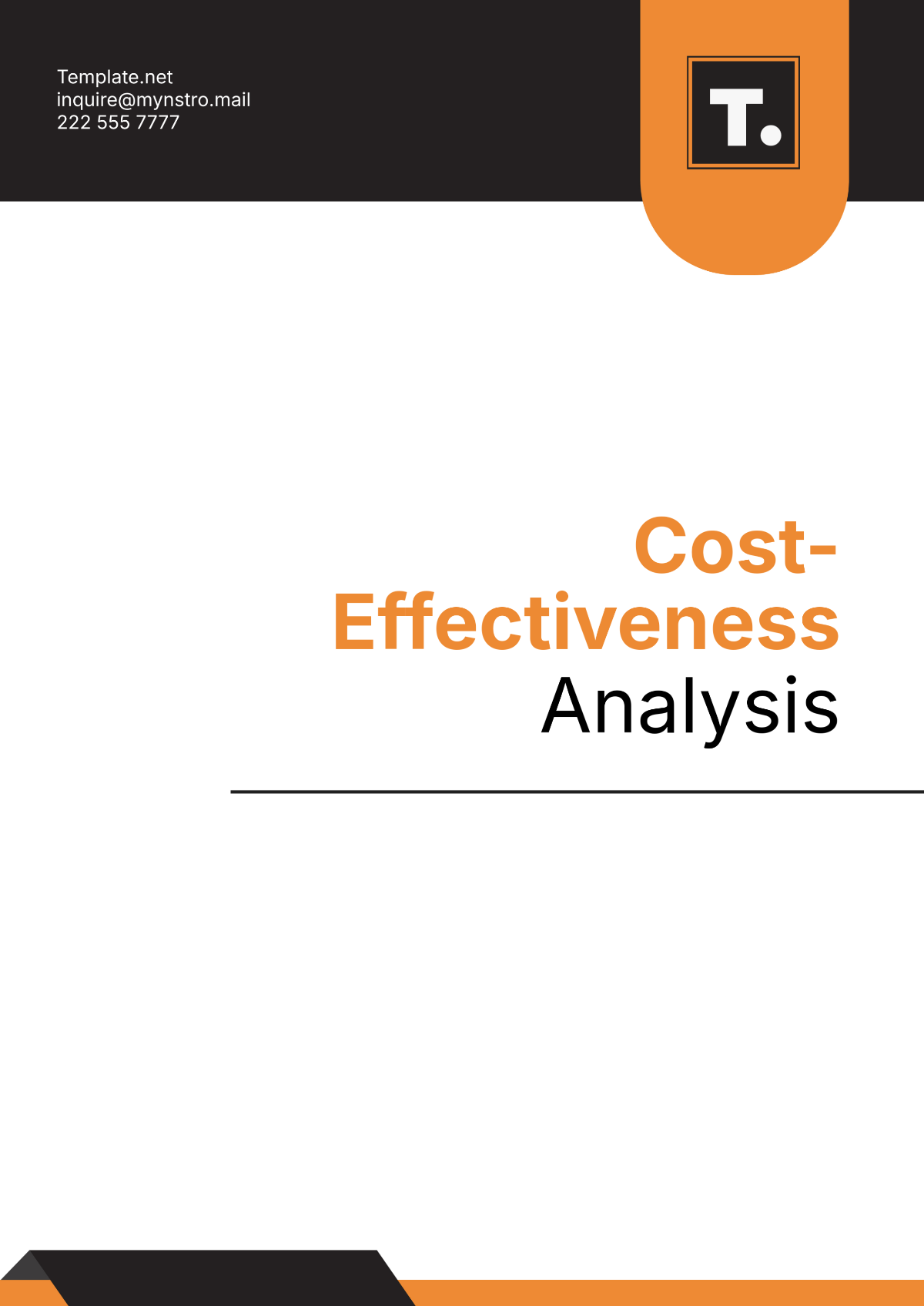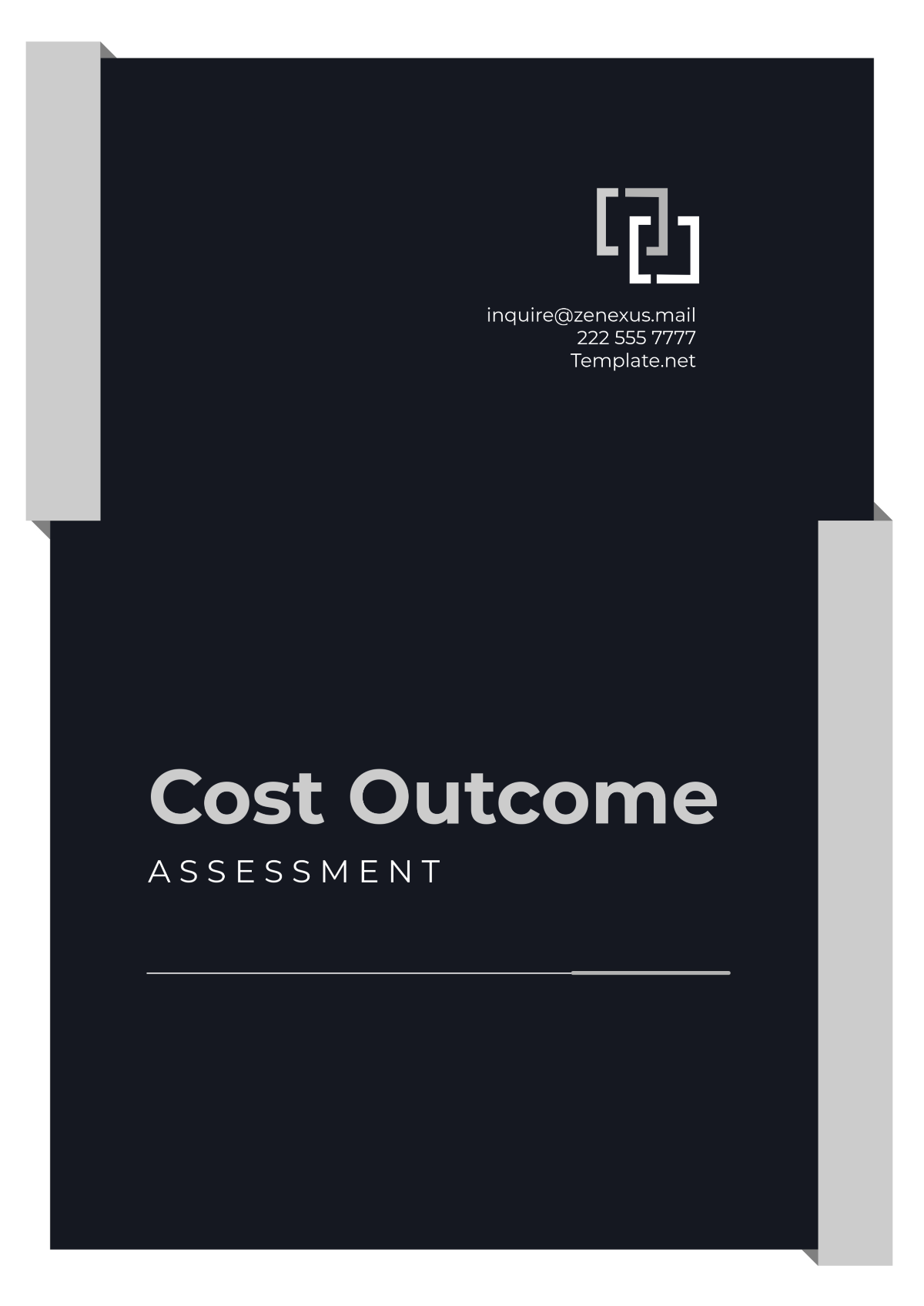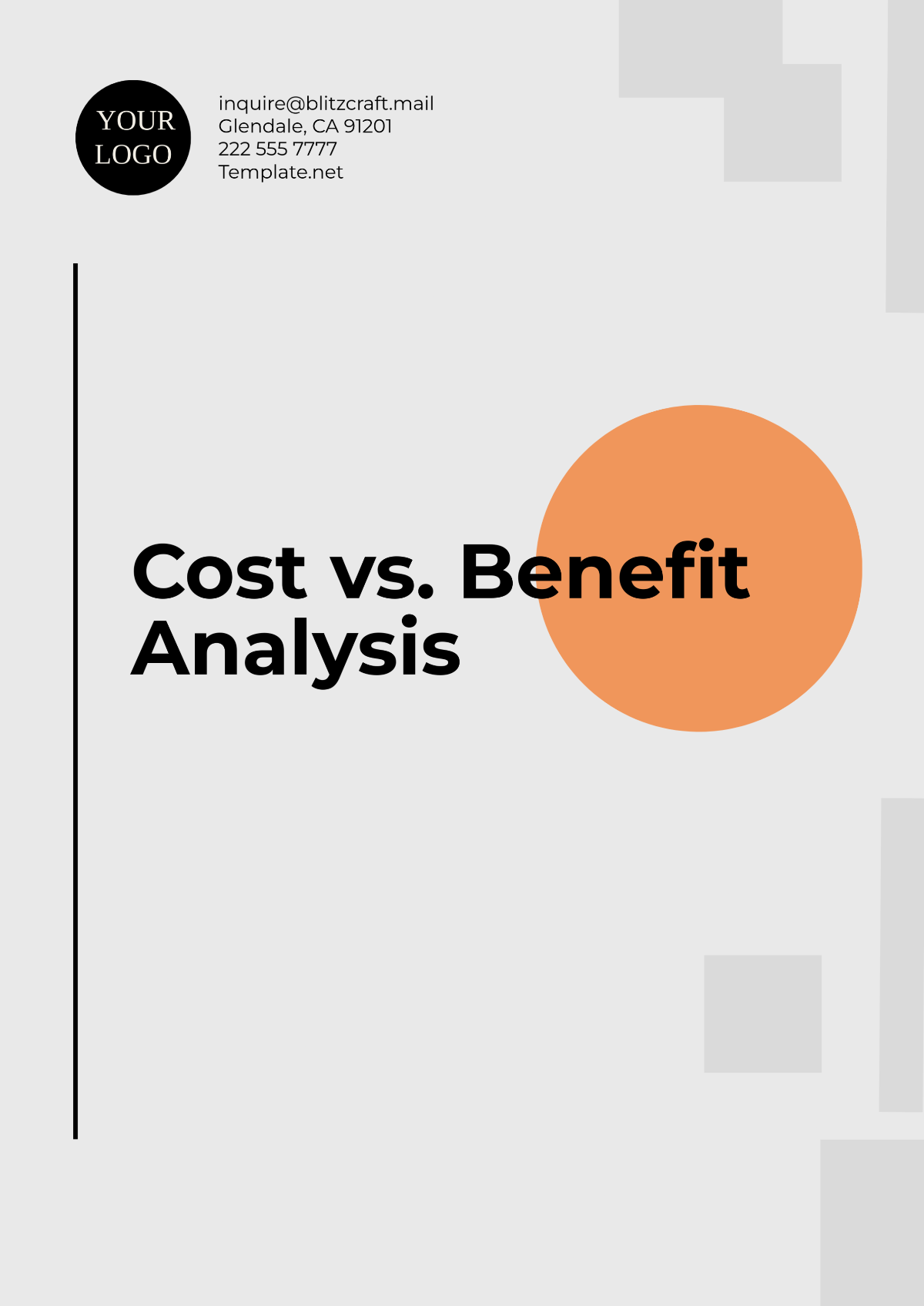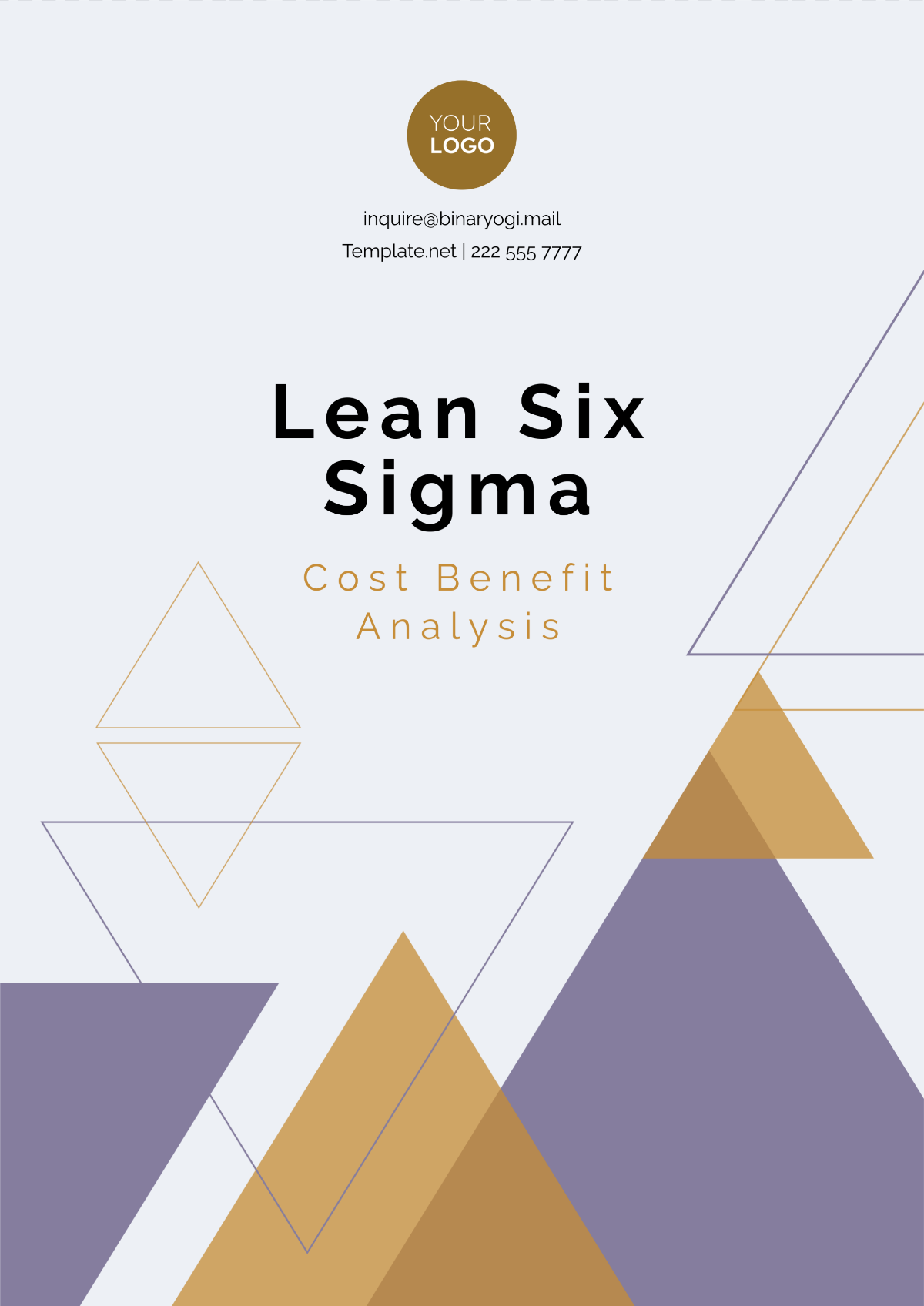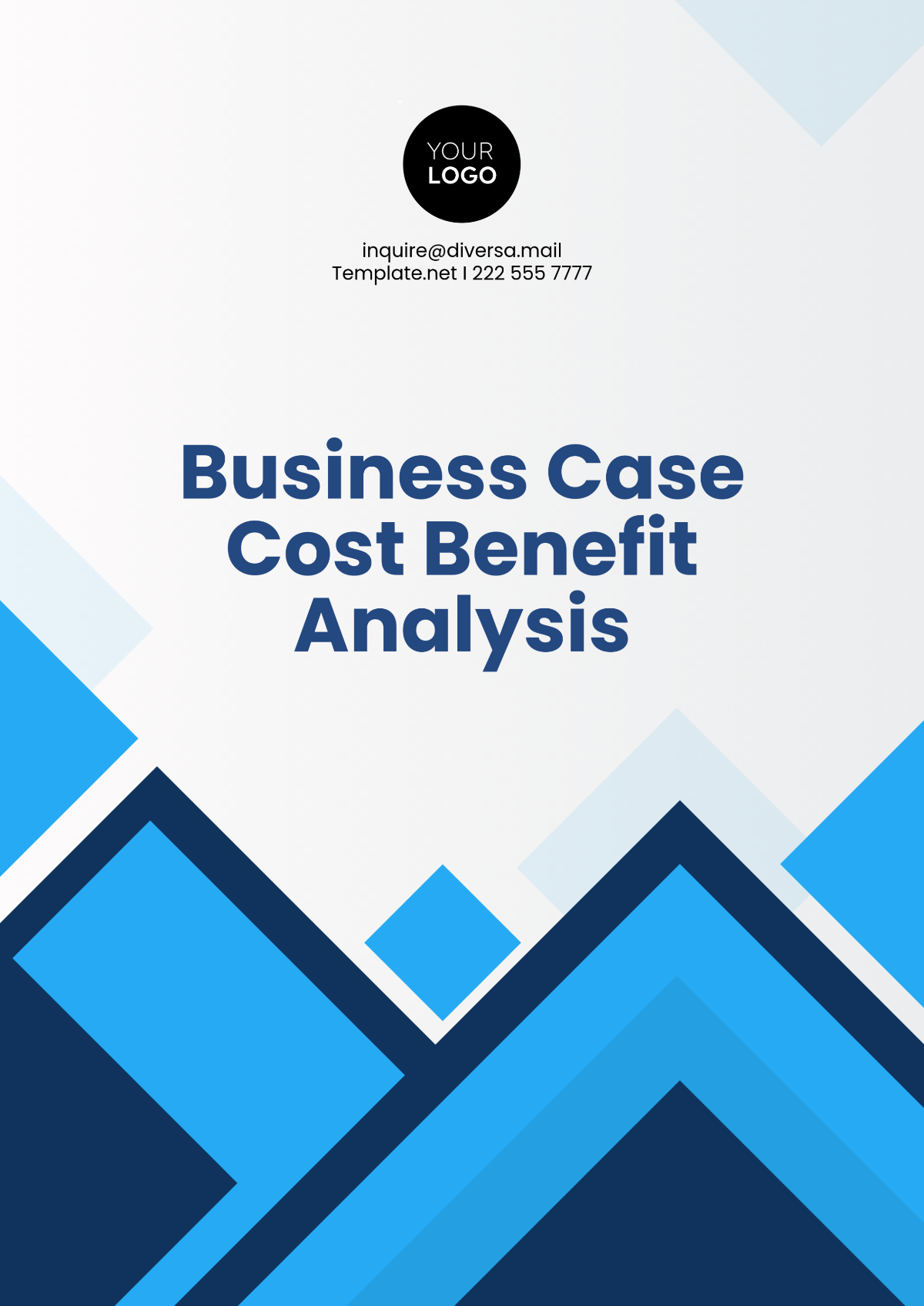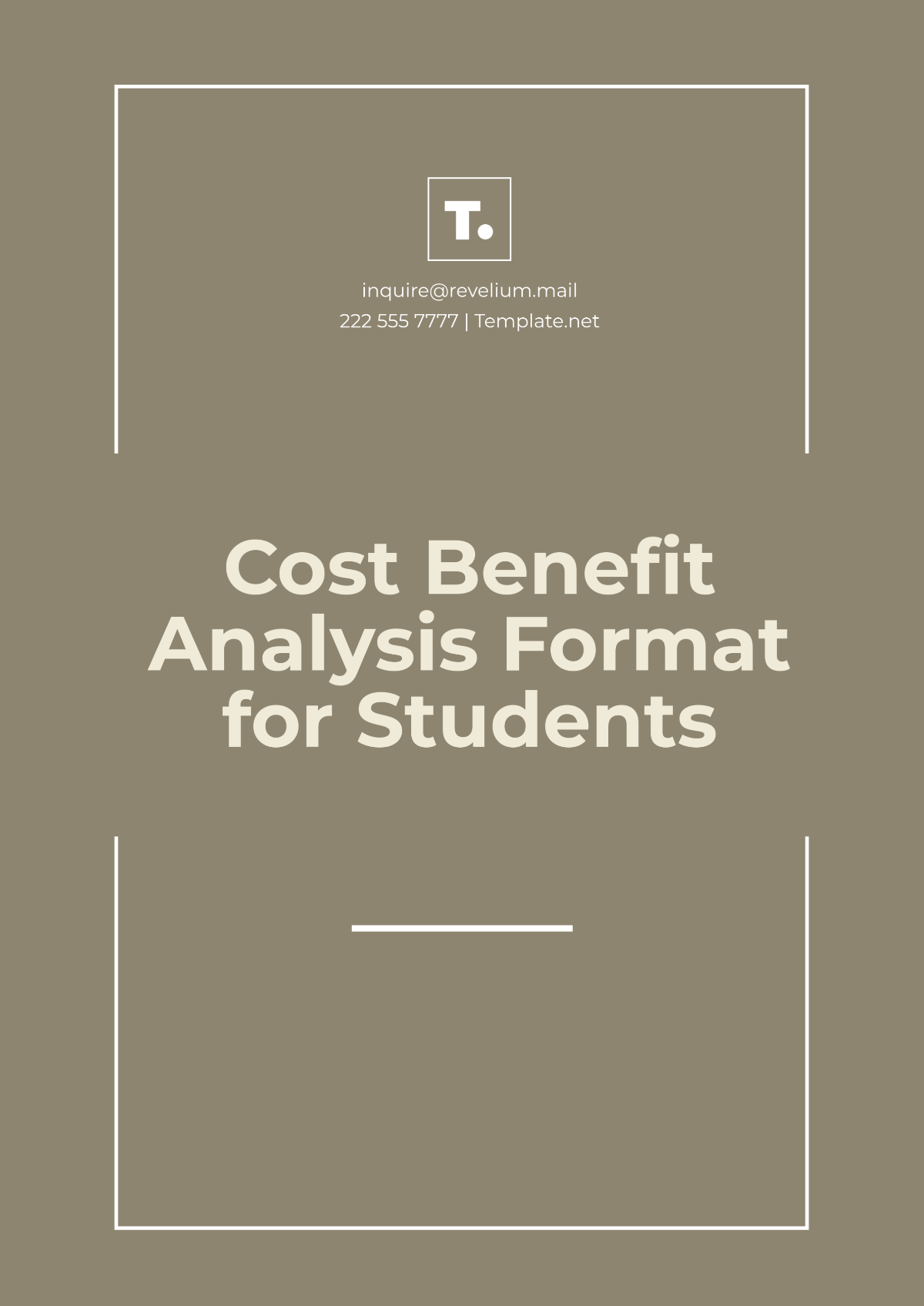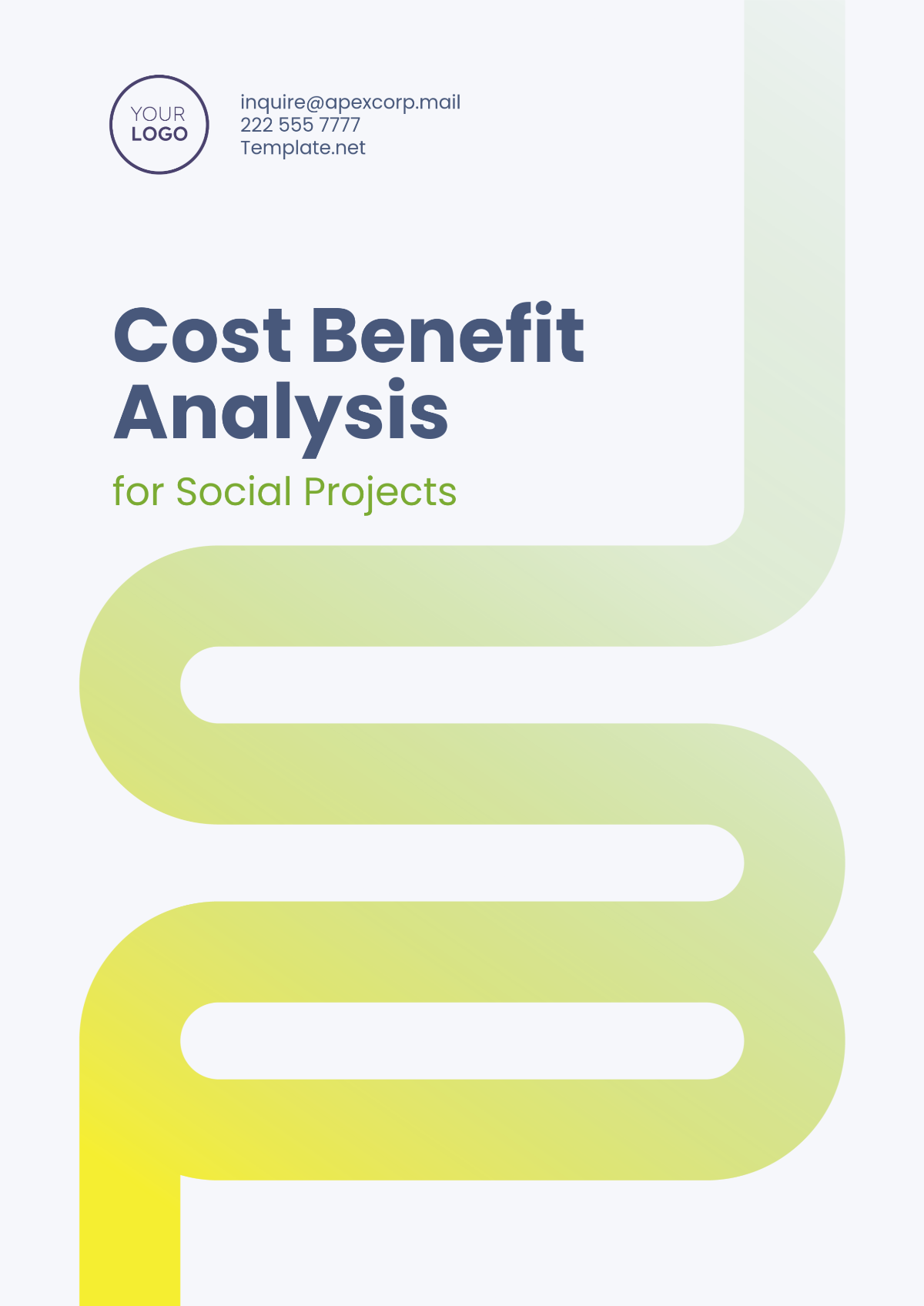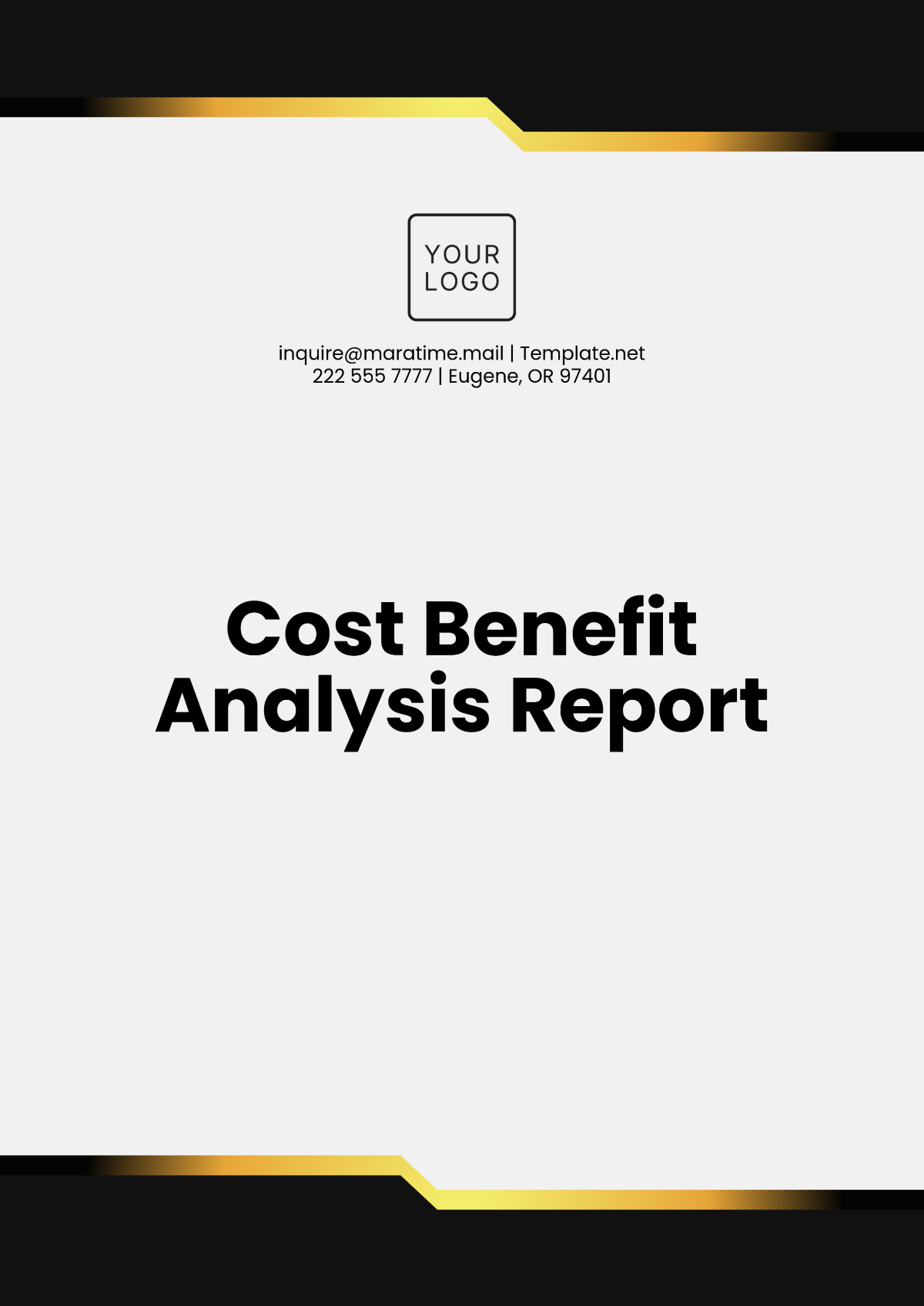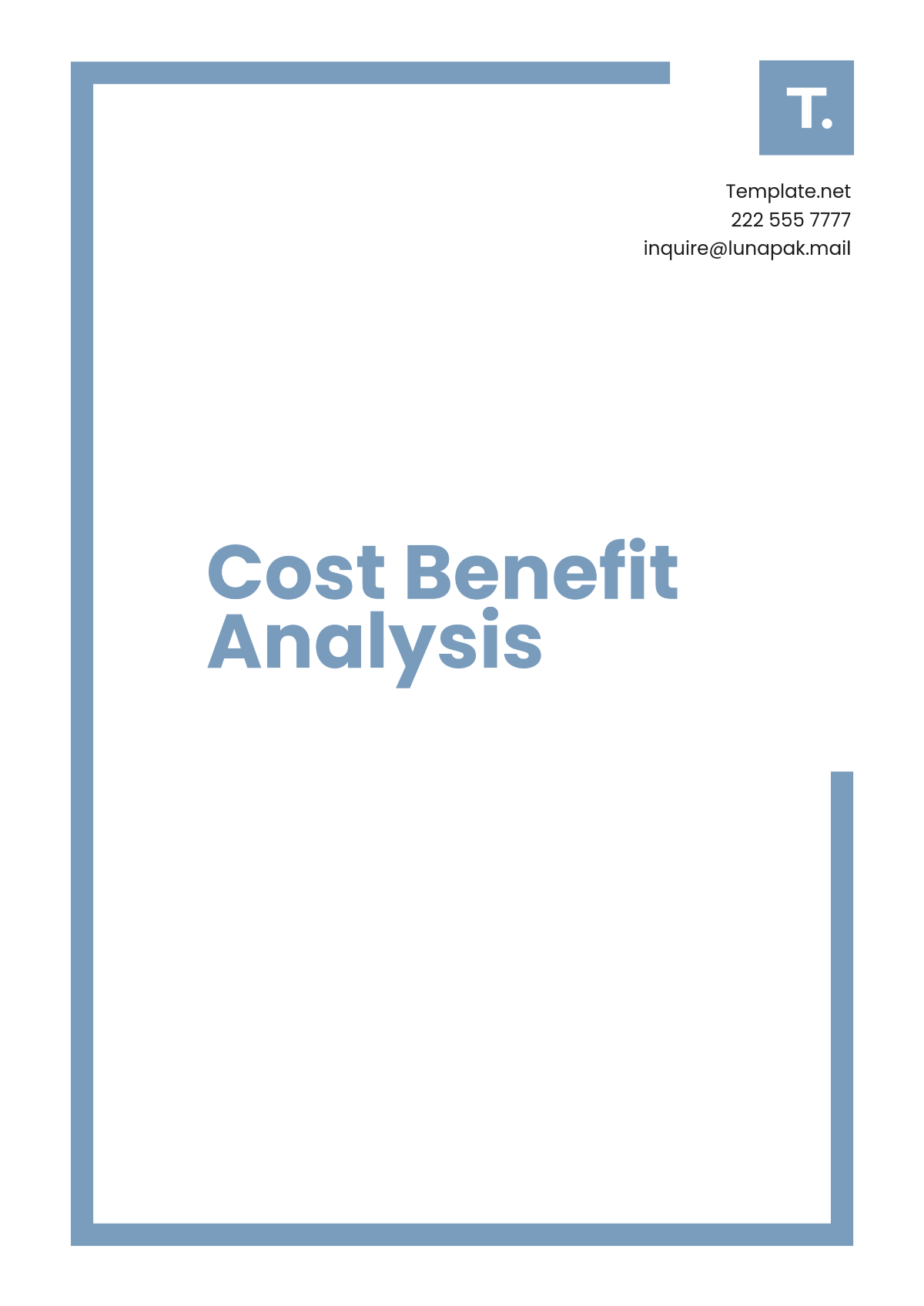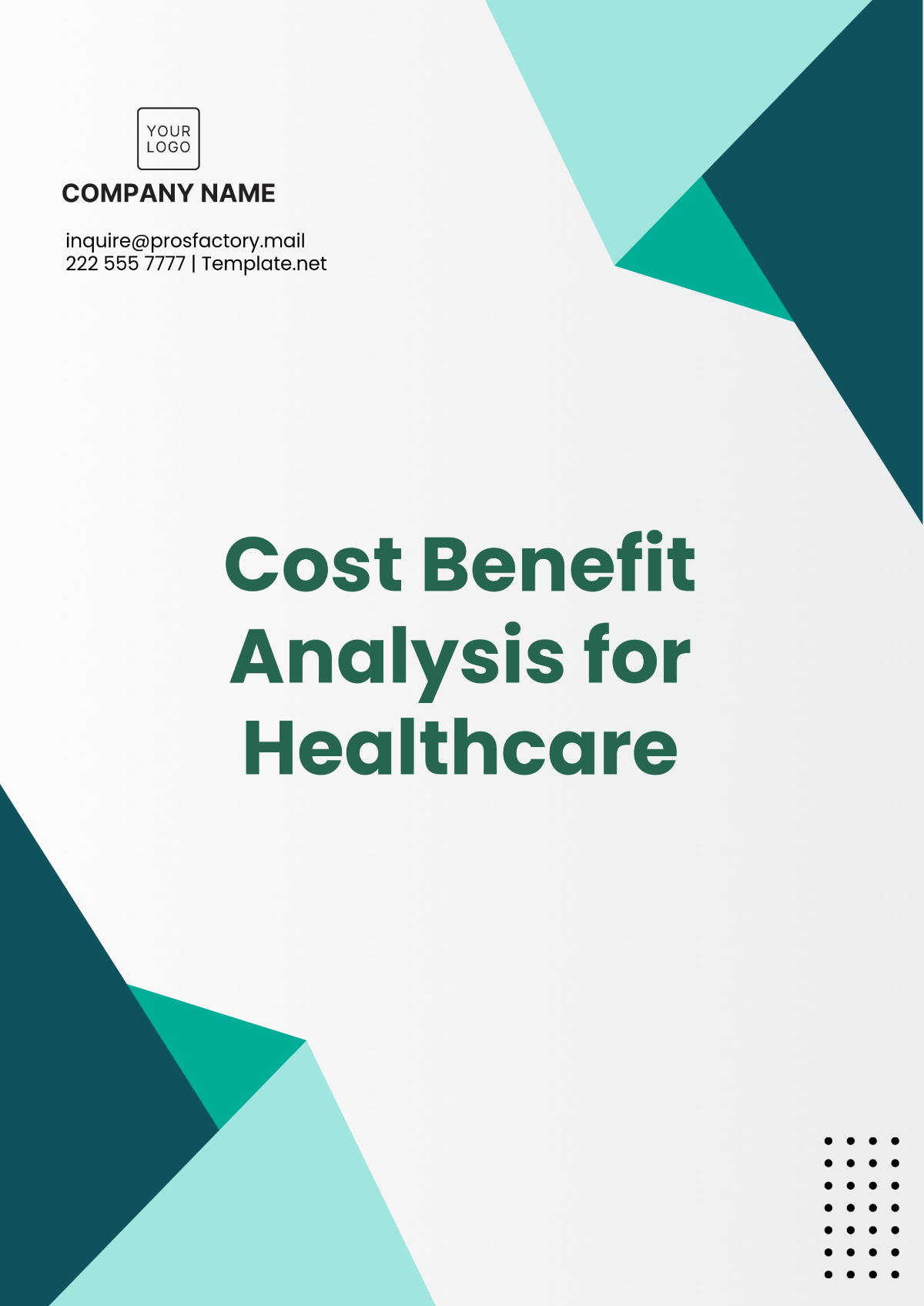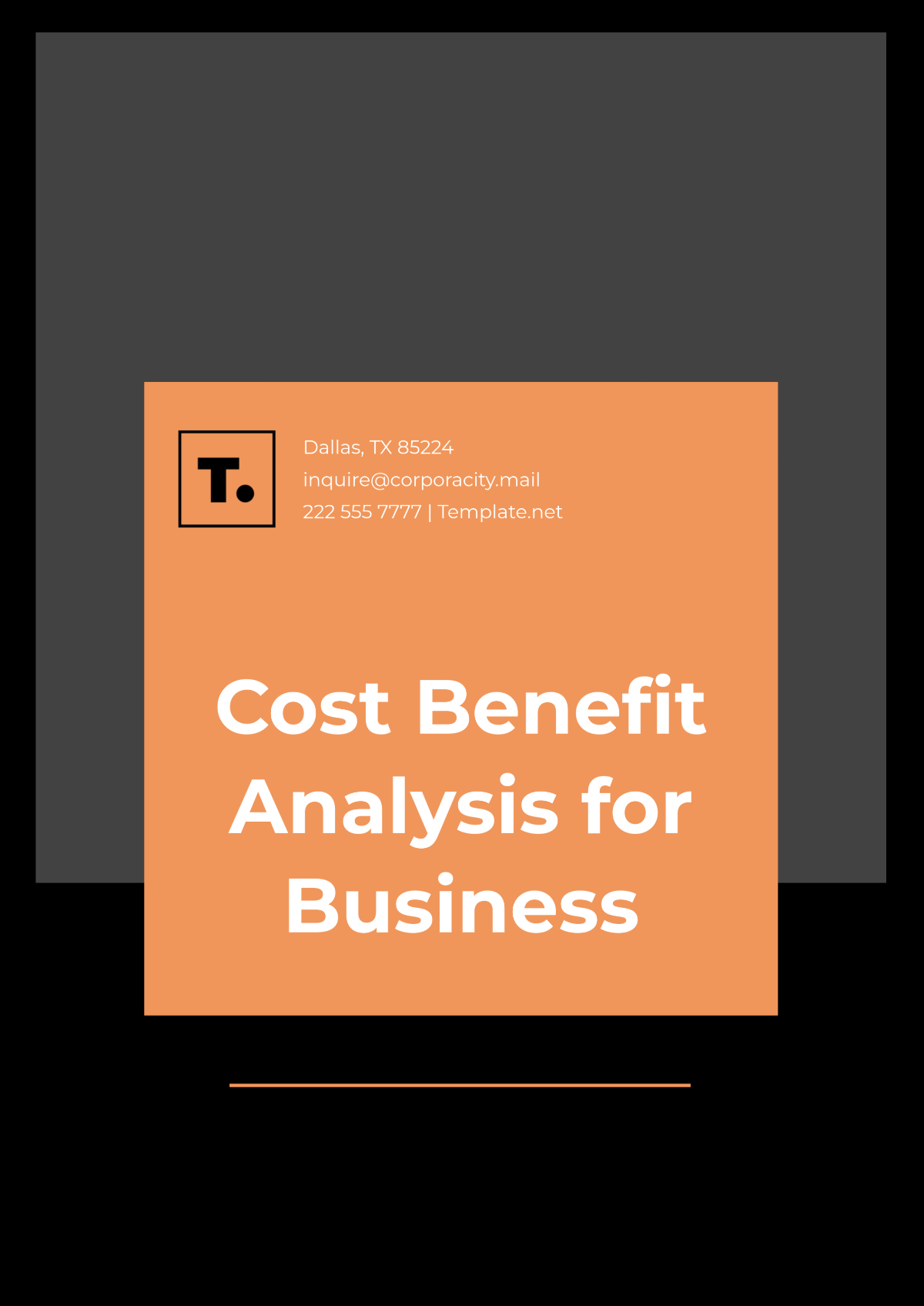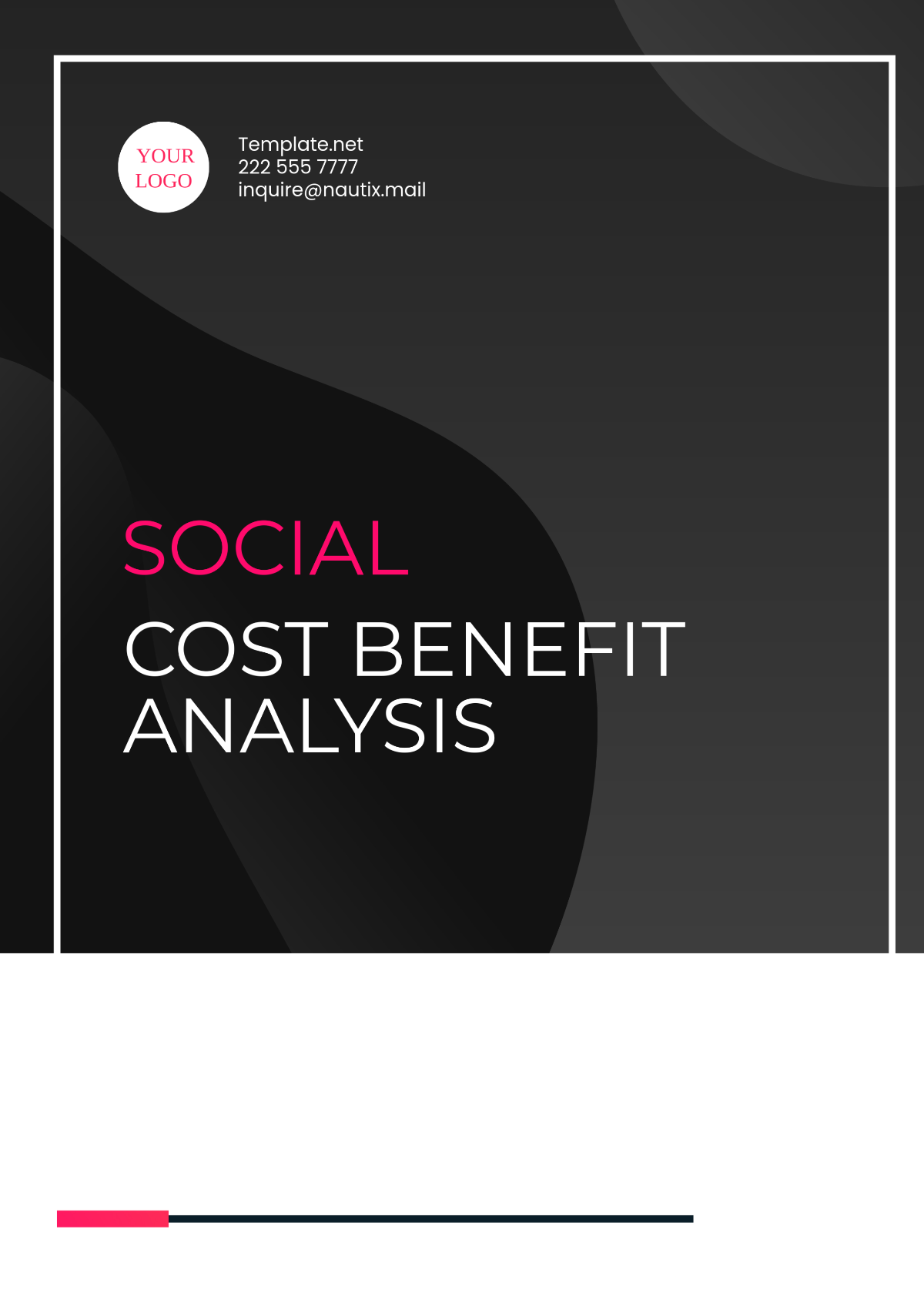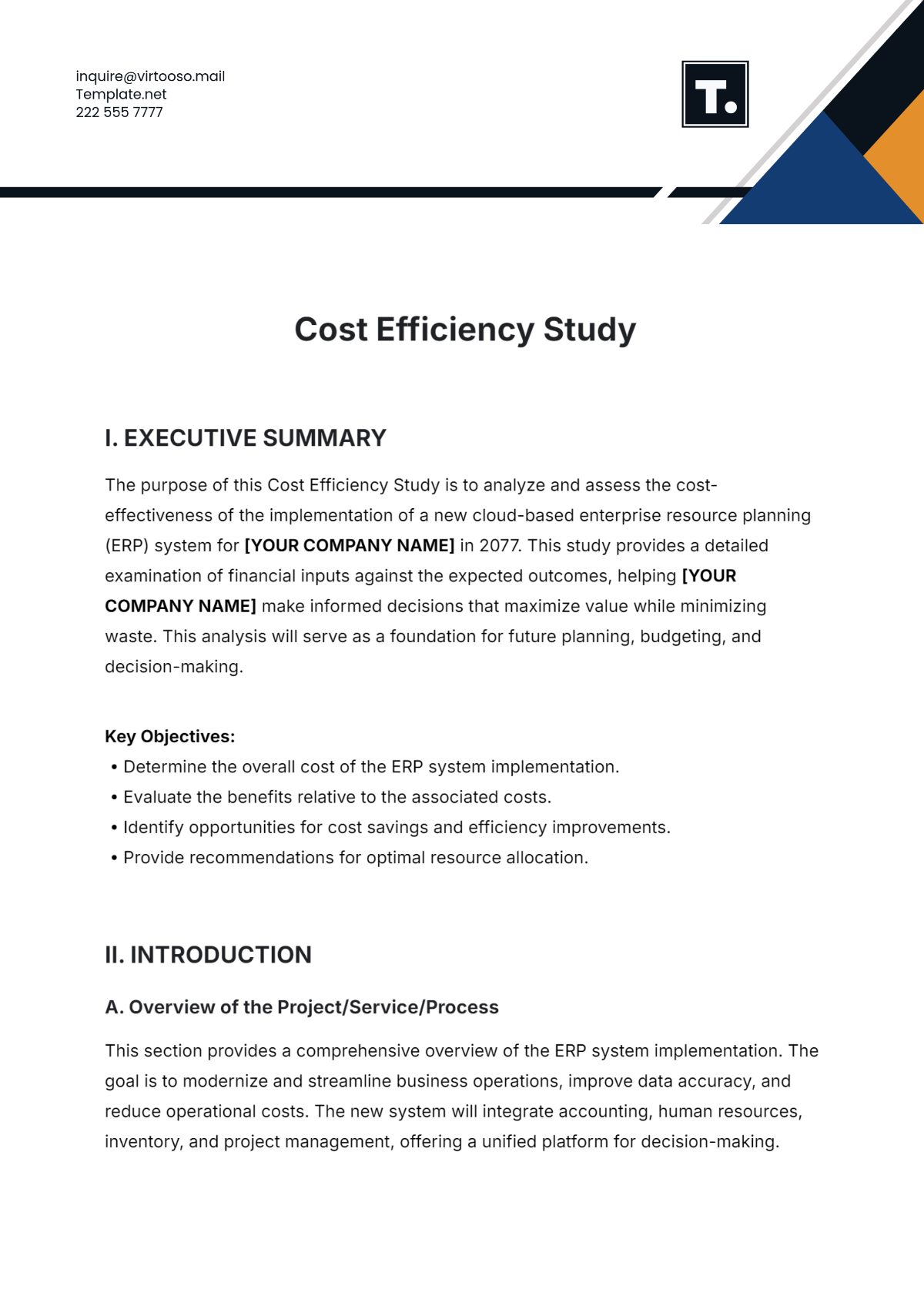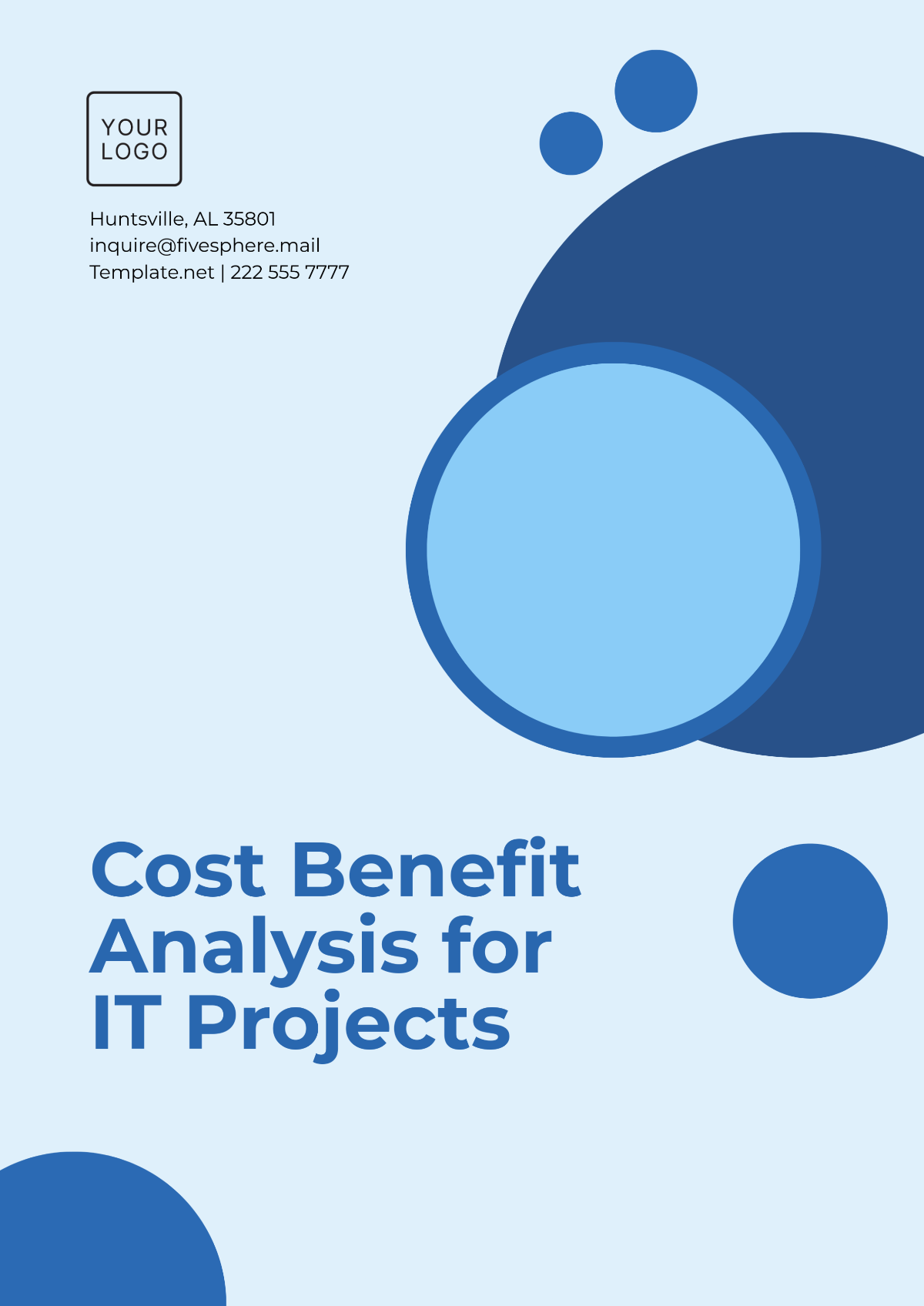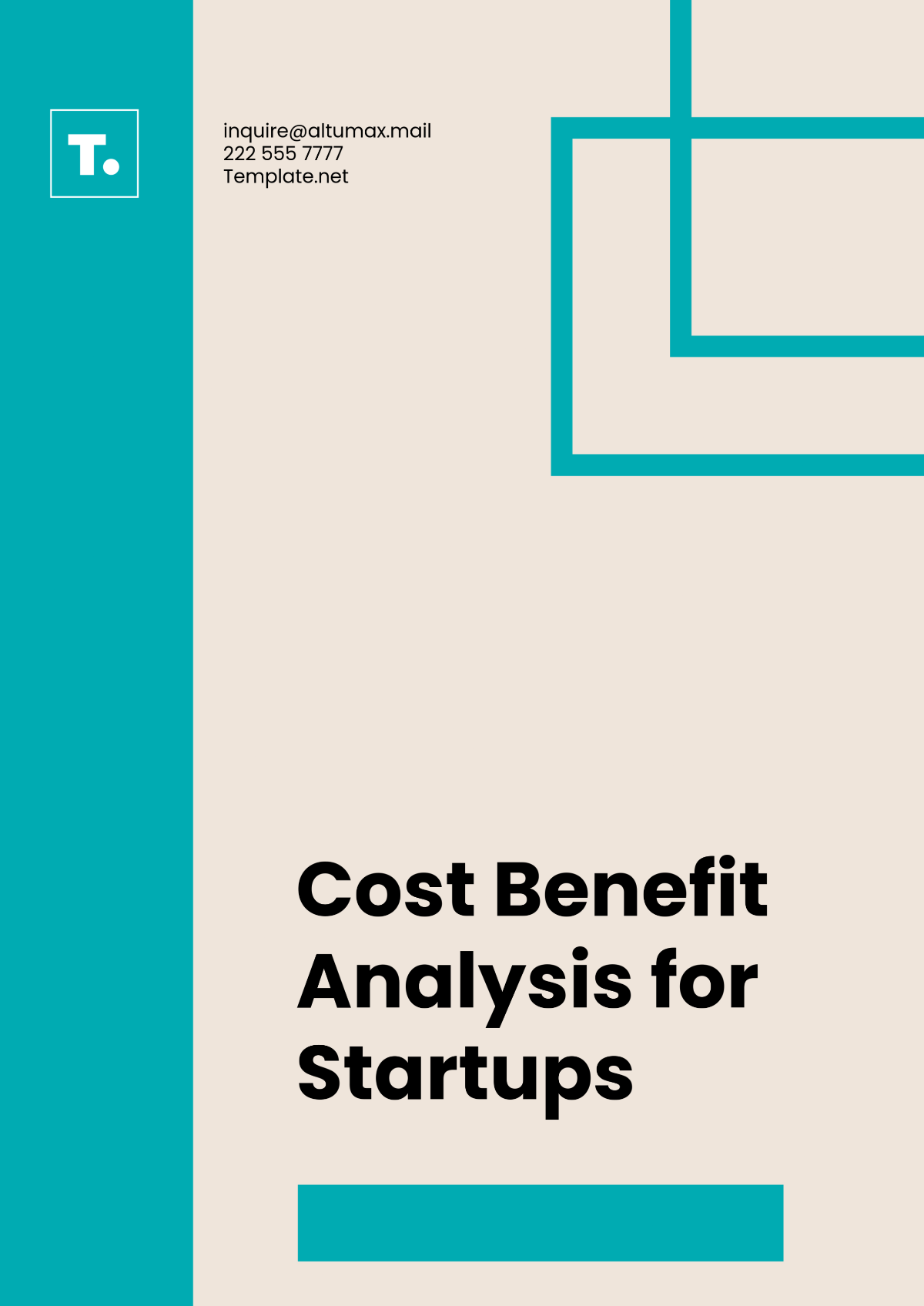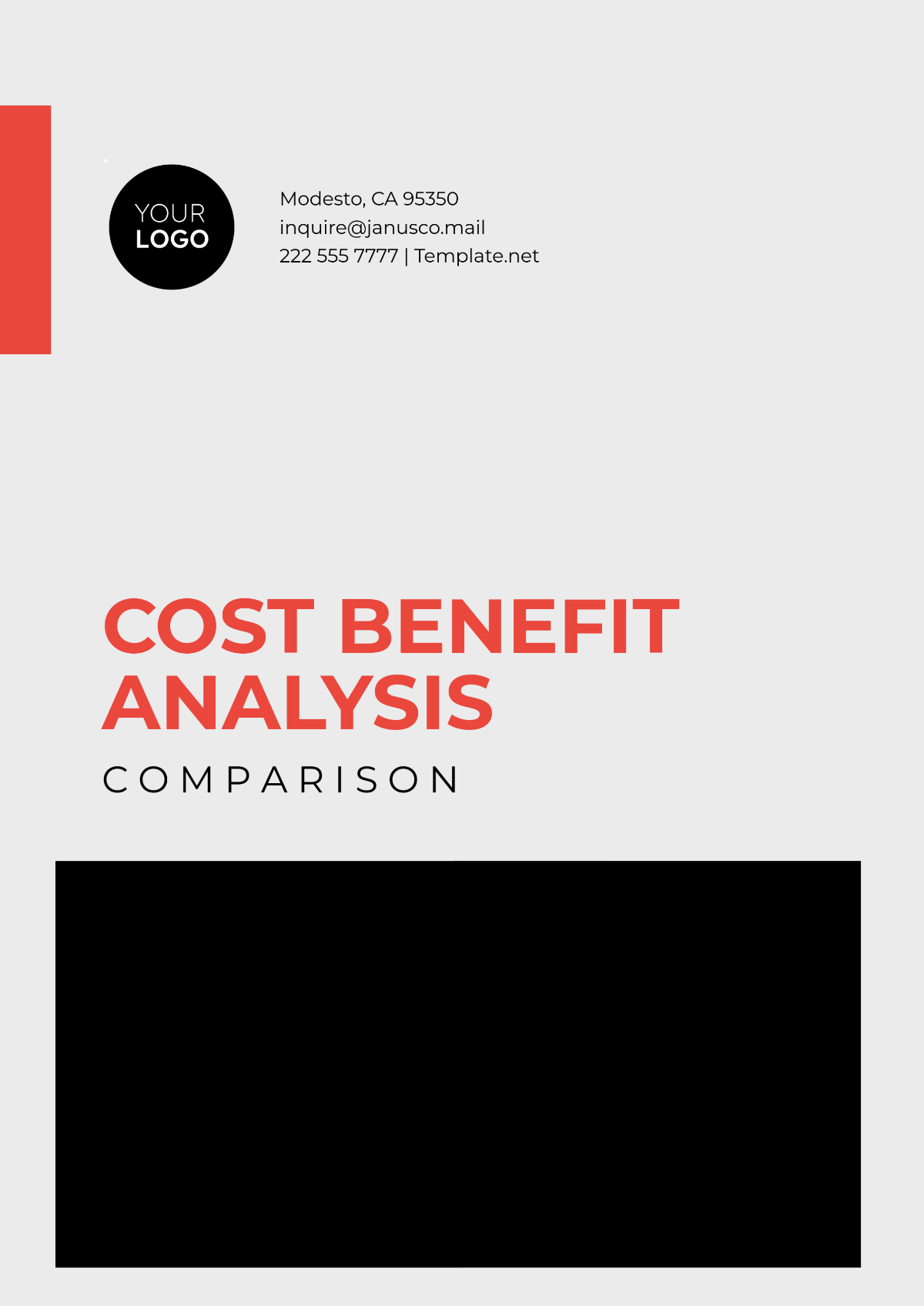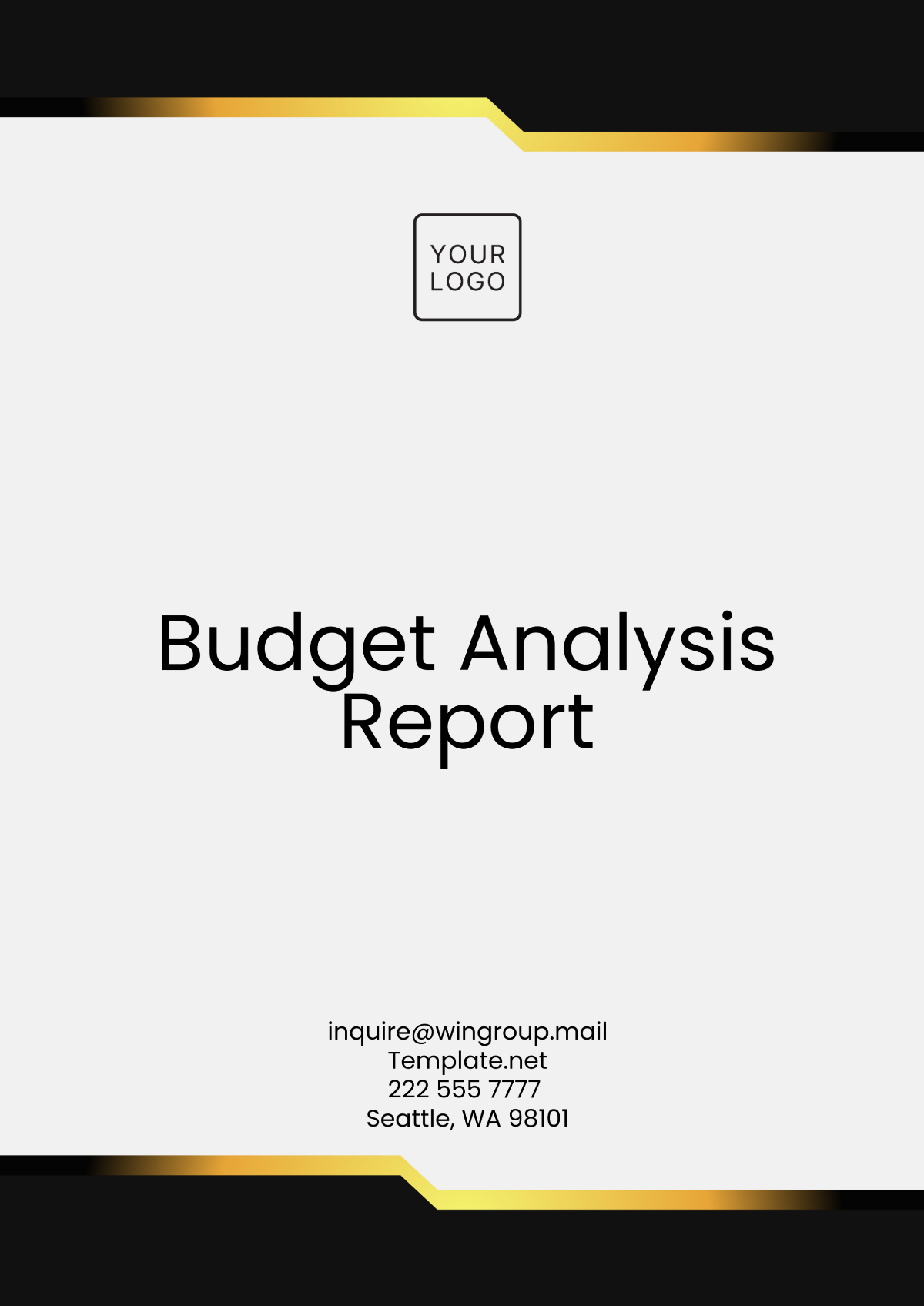Training Cost-Benefit Analysis Report
Table of Contents
I. Executive Summary ....................................................................................................2
II. Introduction ................................................................................................................3
III. Cost Analysis .............................................................................................................5
IV. Benefit Analysis ........................................................................................................9
V. Cost-Benefit Analysis ..............................................................................................10
1. Executive Summary
This report provides a thorough examination of our company's training program's cost-benefit dynamics. The core objective of this program was to bolster the skills and overall productivity of our workforce.
In a world where business competition is relentless, the efficacy of employee training cannot be overstated. It is a pragmatic means to ensure that our organization remains agile, efficient, and competitive in the industry. In this executive summary, we will expound upon the key findings, grounded in concrete data and research, that emanate from our meticulous analysis of the training program's financial implications.
Summary of Key Findings
Total Training Costs: The comprehensive evaluation of the program's financial landscape reveals a total expenditure of $250,000. This figure encapsulates all direct and indirect costs associated with program implementation.
Short-term Benefits: In the short term, the training program has already yielded a 15% boost in employee productivity, quantified at an impressive $300,000. This immediate return underscores the value of investing in our employees' skill development.
Long-term Benefits: Beyond the immediate gains, the program's long-term benefits manifest in the form of reduced turnover rates and the accrual of competitive advantages within our industry. These aspects, while harder to quantify, are undeniably vital for our sustained success.
Net Benefit: After weighing the costs against the benefits, the net financial benefit stands at $50,000. This positive outcome reaffirms the program's viability as a strategic investment.
Return on Investment (ROI) and Payback Period: With an ROI of 20% and a relatively short payback period of 2 years, the training program emerges as not only a wise financial decision but also a strategically astute one.
Recommendations
In light of the positive cost-benefit analysis results, we strongly recommend the continuation and potential expansion of the training program. The data-driven insights provided by this analysis point to a substantial return on investment that aligns with our organization's long-term goals. By nurturing and enhancing our workforce through training, we are poised to not only recover our investment but also thrive in an increasingly competitive marketplace.
This report serves as a practical guide for decision-makers within our organization, offering a clear pathway forward. As we navigate the complexities of the modern business landscape, it is imperative that we recognize the invaluable asset that a well-trained workforce represents. The evidence is resounding: investing in our employees pays dividends, both in the short term and as a long-term strategy for sustainable growth.
2. Introduction
In the ever-evolving landscape of modern business, staying competitive is not merely a goal; it's a mandate. In pursuit of this objective, organizations frequently invest in various initiatives aimed at enhancing their workforce. One such initiative, which we scrutinize in this analysis, is our training program. This analysis seeks to illuminate the financial dynamics of our training program, encompassing both the costs incurred and the invaluable benefits accrued.
In today's global marketplace, where the skills and adaptability of employees are paramount, our training program has become a cornerstone of our strategic vision. We understand that a well-trained workforce is not just an asset; it is the driving force behind innovation, productivity, and overall organizational success.
This introductory section sets the stage for a comprehensive exploration of the financial impact of our training program. We will delve into the purpose, objectives, and scope of this analysis, delineating how it will navigate the intricacies of both direct and indirect costs, while also shedding light on the tangible and intangible benefits that reverberate throughout our organization.
As we embark on this journey, we will draw upon a wealth of empirical data, research findings, and organizational insights to craft a compelling narrative that not only quantifies the financial implications but also underscores the strategic advantages of our 12-month training program for 200 employees. By the end of this analysis, we aim to provide a roadmap that informs decision-makers about the soundness of their investments and propels our organization toward a more prosperous future.
Purpose and Objectives
In today's competitive business landscape, organizations continually seek ways to enhance their workforce and remain at the forefront of their respective industries. To achieve this, investing in employee training programs has become a strategic imperative. This analysis embarks on a comprehensive evaluation of the financial ramifications of our training program, aimed at dissecting both the direct and indirect costs incurred and the substantial benefits it brings to our organization.
The primary objectives of this analysis are twofold: first, to meticulously quantify the financial investment made in the training program, considering not only the upfront expenses but also the ongoing maintenance costs. Second, to elucidate the tangible and intangible returns on this investment, delving into how our 12-month training program for 200 employees across various departments translates into improved organizational performance and ultimately, increased competitiveness in the market.
To provide a solid foundation for this assessment, we will leverage a wealth of statistical data, research studies, and factual evidence from within our organization, as well as drawing on industry-specific research findings. By doing so, we aim to paint a comprehensive picture of the financial landscape surrounding our training program, enabling us to make data-driven decisions that are not only cost-effective but also strategically advantageous.
Scope of the Analysis
This report encompasses a comprehensive cost-benefit analysis of our 12-month training program, which has been rolled out to benefit 200 employees across a spectrum of departments within our organization. The scope of this analysis is deliberately wide-ranging, as it considers all facets of this program, from initial investments to long-term impacts.
Our examination will encapsulate both direct costs, such as training material, instructor fees, and facility expenses, as well as indirect costs, including employee downtime and the potential for reduced productivity during training periods. In parallel, we will delve into the breadth of benefits, encompassing heightened employee performance, improved retention rates, and a more agile workforce, capable of adapting to the ever-evolving demands of our industry.
Background Information on the Training Program
The beginning of our training program lies in a strategic vision to cultivate a workforce equipped with not only technical prowess but also refined soft skills and comprehensive compliance training. By enriching our employees in these dimensions, we aspire to harness their full potential, fostering a culture of continuous improvement and adaptability.
Our training program is meticulously designed to enhance technical competencies, ensuring our workforce remains at the forefront of industry advancements. Simultaneously, it instills soft skills such as effective communication, leadership, and teamwork, which are indispensable for harmonious collaboration within our organization. Additionally, the program ensures adherence to compliance standards, mitigating risks associated with non-compliance and reinforcing our commitment to ethical business practices.
As we embark on this analysis, we recognize that the success of our organization is intrinsically linked to the competence and dedication of our workforce. Thus, the evaluation that follows will not only be a financial exercise but also an exploration of the profound impact that investing in our employees can have on the future growth and prosperity of our organization.
3. Cost Analysis
To gain a comprehensive understanding of the financial implications of our training program, it is essential to embark on a detailed cost analysis. This section scrutinizes the direct training costs, which constitute the bedrock of the financial commitment required for program implementation.
In this analysis, we break down the direct training costs into their constituent elements, aiming to provide a transparent view of how the allocated funds have been disbursed. The figures presented here are not speculative; they are based on precise assessments of expenses related to training materials, trainer fees, and training facilities. By dissecting these costs, we aim to shed light on the initial investment necessary to cultivate a skilled and adept workforce, ensuring that every dollar spent is accounted for and justified.
Direct Training Costs
The financial underpinning of our training program begins with a meticulous analysis of the direct training costs. These tangible expenses encompass the essential elements necessary for program implementation. By scrutinizing these costs, we gain a clear understanding of the initial financial investment required for our training program.
The direct training costs of our program totaled $120,000, delineated as follows:
Training materials: $40,000
Trainer fees: $50,000
Facilities and equipment: $30,000
Expense Category | Cost |
| $15,000 |
| $10,000 |
| $5,000 |
| $10,000 |
Training materials | $40,000 |
| $30,000 |
| $20,000 |
Trainer fees | $50,000 |
| $15,000 |
| $10,000 |
| $5,000 |
Facilities and equipment | $30,000 |
Total | $120,000 |
These figures are not arbitrary; they are grounded in rigorous cost assessment and procurement data. The allocation of funds to training materials, trainer fees, and facilities and equipment is a strategic investment in the skill development of our workforce.
Indirect Training Costs
Beyond the direct expenditures, we must also account for the indirect training costs. These costs may not be as readily apparent, but they play a significant role in the overall financial evaluation of our program. They encompass aspects such as employee time away from work, travel and accommodation, and administrative expenses.
Our analysis reveals that these indirect training costs amount to $80,000:
Employee time away from work: $50,000
Travel and accommodation: $20,000
Administrative costs: $10,000
Expense Category | Cost |
| $15,000 |
| $10,000 |
| $5,000 |
| $10,000 |
Training materials | $40,000 |
| $30,000 |
| $20,000 |
Trainer fees | $50,000 |
| $15,000 |
| $10,000 |
| $5,000 |
Facilities and equipment | $30,000 |
Total Direct Training Costs | $120,000 |
Indirect Training Costs | $80,000 |
| $50,000 |
| $20,000 |
| $10,000 |
Total Indirect Training Costs | $80,000 |
Total Training Costs (Direct + Indirect) | $200,000 |
These figures are not conjecture; they are drawn from empirical data and expense records. Employee time away from work, for instance, reflects the productivity lost during training periods, a crucial factor in understanding the full financial impact of the program.
Opportunity Costs
In our comprehensive cost analysis, opportunity costs are not to be overlooked. These costs encompass the price of delaying work during training periods and the potential cost of hiring new employees to cover for absentees. While these costs may not appear on financial statements, they hold real economic significance.
Opportunity costs for our training program are estimated at $50,000:
Cost of delaying work: $40,000
Cost of training versus hire: $10,000
Expense Category | Cost |
| $15,000 |
| $10,000 |
| $5,000 |
| $10,000 |
Training materials | $40,000 |
| $30,000 |
| $20,000 |
Trainer fees | $50,000 |
| $15,000 |
| $10,000 |
| $5,000 |
Facilities and equipment | $30,000 |
Total Direct Training Costs | $120,000 |
Indirect Training Costs | $80,000 |
| $50,000 |
| $20,000 |
| $10,000 |
Total Indirect Training Costs | $80,000 |
Opportunity Costs | $50,000 |
| $40,000 |
| $10,000 |
Total Opportunity Costs | $50,000 |
Total Training Costs (Direct + Indirect + Opportunity) | $250,000 |
These figures are not speculative; they are derived from calculations based on real-world scenarios. The cost of delaying work, for instance, accounts for the revenue or productivity lost while employees are engaged in training, a factor that directly affects our bottom line.
Total Training Costs
When we consolidate the direct, indirect, and opportunity costs, we arrive at the crux of our cost analysis: the total training costs. These costs, amounting to $250,000, represent the financial commitment our organization has made to invest in the growth and development of our workforce.
This figure is not arbitrary; it is the culmination of rigorous financial scrutiny and real-world expenditures. Understanding the totality of these costs is pivotal in our quest to assess the financial impact of our training program comprehensively.
4. Benefit Analysis
Short-Term Benefits
In this section, we delve into the tangible short-term benefits that have materialized as a direct result of our training program. These benefits revolve primarily around the enhancement of employee performance, a pivotal metric in gauging the program's immediate impact.
After implementing the training program, we closely monitored the performance of our trained employees. The results are compelling: a notable 15% increase in productivity. This uptick in productivity is not an abstract notion; it translates into a direct financial benefit that can be quantified at $300,000. These figures are not conjecture; they are grounded in empirical data and productivity assessments.
Table 1: Short-Term Benefits
Metric | Percentage Increase | Financial Benefit |
Employee Productivity | 15% | $300,000 |
B. Long-Term Benefits
While short-term benefits offer an immediate financial return, the true value of our training program extends into the long term. Long-term benefits are multifaceted and encompass various aspects critical to our organization's success and sustainability.
Improved Employee Retention and Engagement: A well-trained workforce is more likely to feel engaged and committed to their roles. This engagement contributes to increased employee retention, reducing the costs associated with turnover and recruitment. While exact figures may be challenging to pinpoint, the impact on our organization's bottom line is substantial.
Skills Development: Equipping our employees with advanced skills fosters a more adaptable and agile workforce, capable of meeting the evolving demands of our industry. This versatility provides a competitive edge in the market, positioning us as a leader in innovation and efficiency.
Competitive Advantage: Training programs are instrumental in maintaining and fortifying our competitive position within the industry. As our employees become more skilled and knowledgeable, our organization gains an edge that extends beyond immediate financial returns.
Total Training Benefits
The total benefits accrued from our training program are substantial, encompassing both the quantifiable short-term financial gains and the intangible yet invaluable long-term advantages. While the long-term benefits are challenging to quantify precisely in financial terms, their significance cannot be understated. Our commitment to training and skills development has positioned our organization on a trajectory toward sustained growth and success, ensuring that we remain at the forefront of our industry.
The total benefits derived from the training program are a testament to its strategic value, reinforcing the notion that investing in our employees is an investment in the long-term prosperity and competitiveness of our organization.
5. Cost-Benefit Analysis
Net Benefit Calculation
In this critical phase of our analysis, we assess the net benefit generated by our training program. The net benefit, a fundamental indicator of financial success, is determined by subtracting the total training costs from the total benefits accrued. This calculation offers a clear and concise insight into the program's financial viability.
Our total training costs, as meticulously detailed earlier, amount to $250,000. When we align this with the total benefits, we uncover a net benefit of $50,000. This positive financial outcome underscores the program's effectiveness and demonstrates that our investment has yielded tangible returns.
Table 1: Net Benefit Calculation
Total Training Costs | Total Benefits | Net Benefit |
Employee Productivity | - $200,000 | $50,000 |
Return on Investment (ROI)
To further evaluate the financial performance of our training program, we calculate the Return on Investment (ROI). ROI is a critical metric that quantifies the profitability of an investment relative to its cost.
Our ROI for this training program stands at a commendable 20%. This means that for every dollar invested, the program generates an additional $0.20 in benefits. This straightforward metric demonstrates the financial soundness of our decision to invest in employee training.
Table 2: Return on Investment (ROI)
Investment | Benefits | ROI |
$250,000 | $200,000 | 20% |
3. Payback Period
The payback period is another pivotal measure that helps us gauge how quickly we can recoup our initial investment. It is calculated by dividing the total training costs by the annual benefits generated by the program.
For our training program, the payback period is approximately 2 years. This means that within this timeframe, the initial investment of $250,000 will be fully recovered from the benefits generated by the program. The relatively short payback period underscores the program's efficiency and its ability to deliver a swift return on investment.
Table 3: Payback Period
Total Training Costs | Annual Benefits | Payback Period |
$250,000 | $100,000 | 2 years |
In conclusion, the cost-benefit analysis of our training program substantiates its financial viability. The positive net benefit, robust ROI, and relatively short payback period provide compelling evidence that investing in employee training is not only a prudent financial decision but also a strategic one that positions our organization for continued success.



